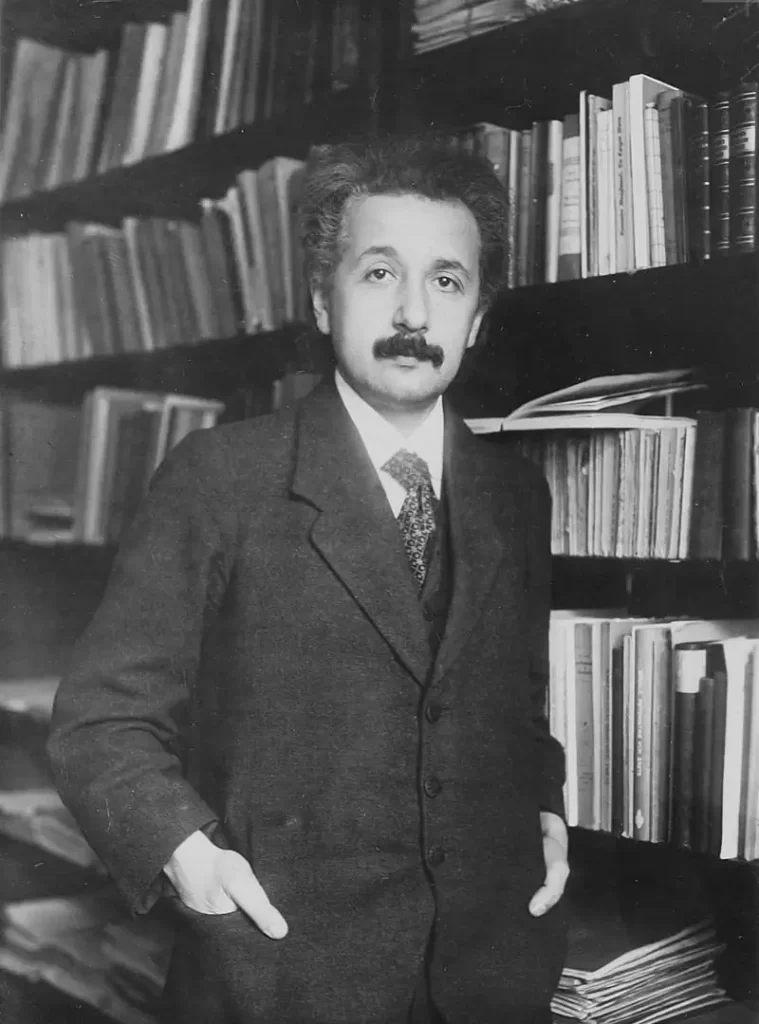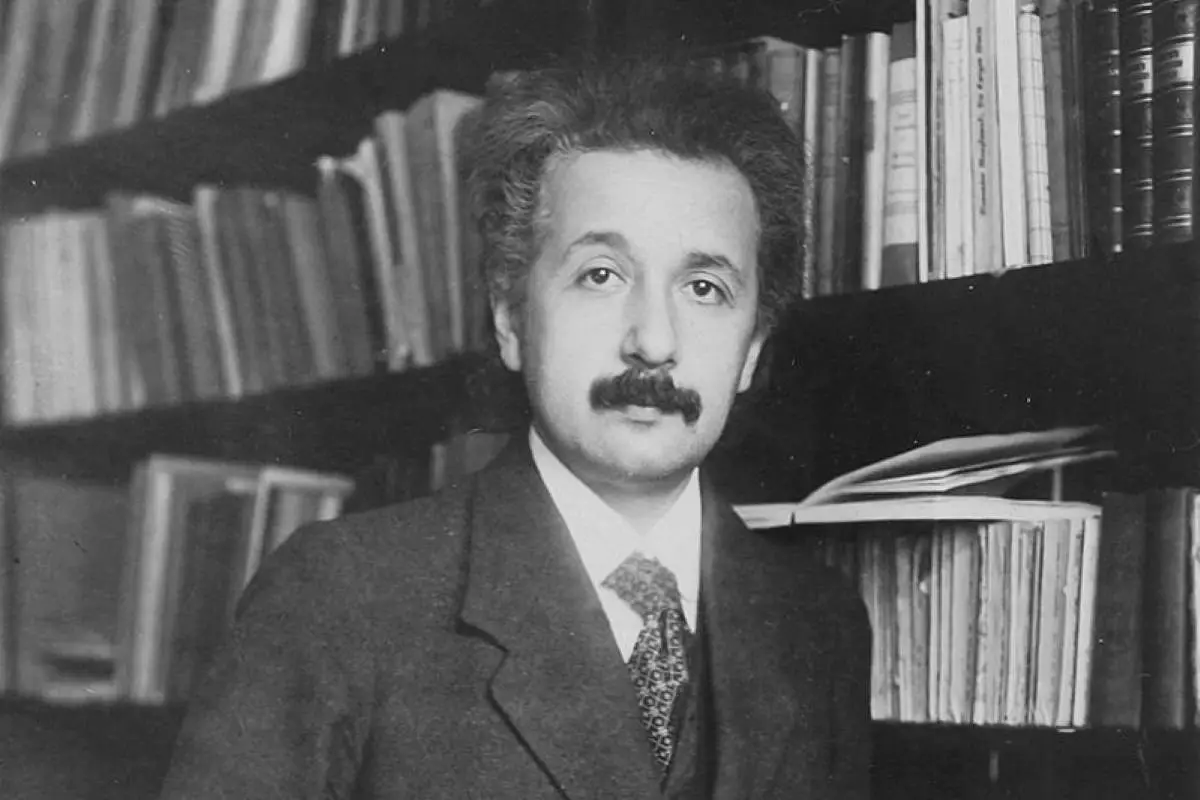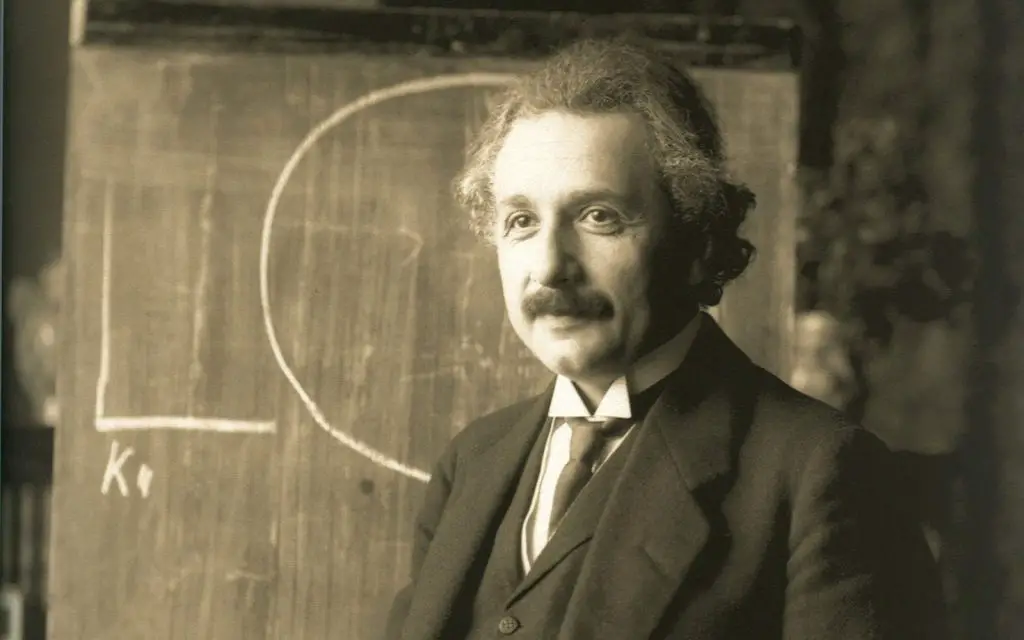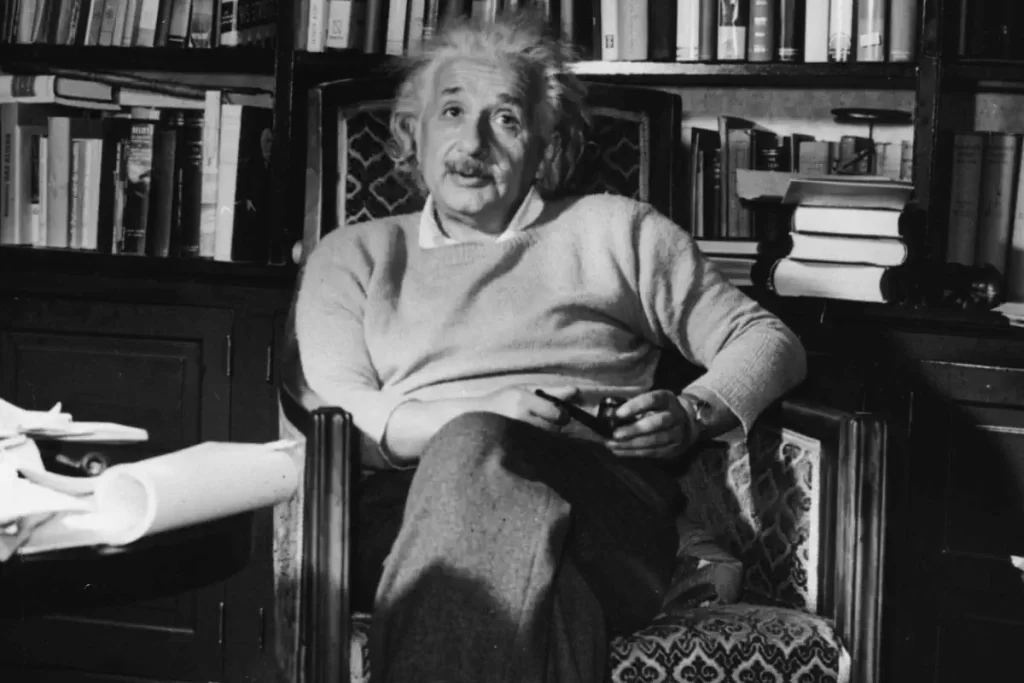On March 20, 1916, Albert Einstein sent a paper to Annalen der Physik, one of the oldest scientific journals on physics which has been published since 1799. The study was titled “Die Grundlage der Allgemeinen Relativitatstheorie”, translated as “The Foundation of the General Theory of Relativity.” It was the first comprehensive overview of the final version of Einstein’s theory of general relativity after several expositions in preliminary versions.
Today’s (March 20) story of what happened this day in Science, Technology, Astronomy, and Space Exploration history.
Einstein’s theory of general relativity accounted for the slow rotation of the elliptical path of the planet Mercury, which Newtonian gravitational theory failed to do (see notes 1).
Fame and recognition came suddenly when the Royal Society of London publicly verified Einstein’s theory of general relativity’s prediction for the deflection of starlight by the Sun during the total solar eclipse of 29 May 1919.

Einstein’s Theory of General Relativity
Departing from Isaac Newton’s conception of gravity as a force transmitted instantaneously over distances, Einstein posited that gravity operated as less of a force and more as a field that distorted space and time around massive objects.
General relativity generalizes special relativity and refines Newton’s law of universal gravitation, providing a unified description of gravity as a geometric property of space and time or four-dimensional spacetime.
As explained in the video above, Einstein made a thought experiment and realized that if an object (or a person) was freefalling, gravity would be the only force acting on it. The object would be accelerating towards the ground, but since the ground would not be pushing upon it, the object (or person) would feel no weight. And this would be no different than being weightless in space.
Side note: that’s why astronauts aboard the space station look weightless. Because they are freefalling towards Earth. Orbiting is actually being in an eternal freefall.
In a way, gravity and acceleration were different ways to describe the same thing. The way to connect gravity in the theory of relativity was through the idea of acceleration, and this became the basis of general relativity.
Einstein imagined being in a room with no windows and on a bathroom scale. It would weigh 80 kg, What if the room was on a spaceship accelerating in an upward direction at 9.8 m/s2?. He would feel the same weight. There would be no difference.
Einstein then asked himself what would happen if he took a flashlight and pointed it from one side of the room to the other, as the spaceship was accelerating upwards? If he had a ruler, he could measure the height of the light on the other side of the room. He realized that the height measured on the wall would be lower than the source of the light because the floor of the room would be rushing upwards at ever faster speeds, as the light was propagating across the room. The light beam would appear to curve downward.
However, If you were on earth, and you measured the two heights, you may think that there should be no difference. That light should go straight to the other side of the room. Einstein thought it can’t be because it would violate the principle of equivalence. Acceleration of the room in space should be no different than the room under the influence of gravity on earth. He realized that this meant light must bend in the presence of a gravitational field.
But light should be going on the shortest path. Then he realized, maybe the shortest path between two points is not a straight line but a curved line near gravity.
This was the key insight that Einstein had about gravity and that thought experiment provided the basis of his theory of general relativity.
Notes
Mercury’s orbit
Mercury’s orbit was a mystery for decades. Because all planets’ orbits around Sun are eclipses. Mercury, the closest planet to the Sun, also has an elliptical orbit. But, something is weird with it: it has something called a “precession”. Or, in other terms, its ellipse never closes.
The apogee of Mercury’s orbit (the farthest point from the Sun) advances a little bit every time Mercury completes an orbit. It’s as if the ellipse itself is orbiting the Sun.
Using Newton’s equations, nobody figured out why this happens.
When Einstein applied his new theory of general relativity (the curved spacetime concept) to Mercury’s orbit, he successfully predicted the exact precession that Mercury actually has.
Sources
- “Einstein and General Relativity” on the NASA website
- General relativity on Wikipedia
- Moon Landings: All-Time List [1966-2025] - February 2, 2025
- What Is Max-Q and Why Is It Important During Rocket Launches? - January 16, 2025
- Top 10 Tallest Rockets Ever Launched [2025 Update] - January 16, 2025


